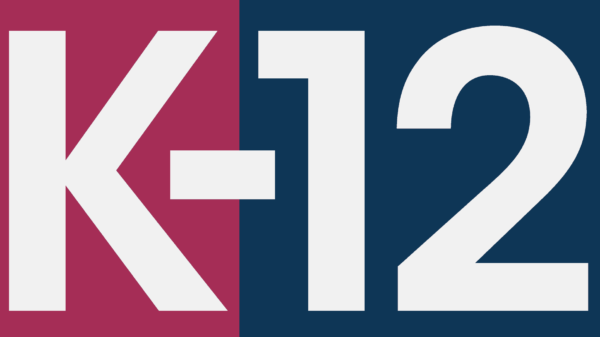by Brian R. Price
AKA SCA Brion Thornbird ap Rhys, Earl and Knight, OL
September 11, 1995
I have thought for a long time about whether or not hunting, falconry, and equestrian ‘arts’ should properly be called arts, or whether we are looking at something altogether new. Are they martial exercises? Should the expert practitioners of these arts be rewarded laurels, pelicans, or knighthoods? I don’t have the final answer to this question, but I hope to advance some thoughts to stimulate discussion and to crystallize my own thinking on the subject.
In a medieval context, hunting, falconry, and equestrian are all noble pursuits. skills were considered the pastimes, the sports and perquisites of the nobility. They were, in a very real sense, sports, much in the way that tournaments were sports. Later, the nobles also added other sports, golf and tennis, for example. If we accept that these are indeed medieval activities of the nobility, two questions remain; Are these sports arts? And should all activities lead to a peerage?
I will not attempt to answer the second question in this essay, but will rather focus on the first. Frequently, I have heard the argument advanced that there is an ‘art’ to good falconry, horsemanship, and hunting. I am dubious at best about this claim. Certainly there is an element of performance in certain equestrian activities, something akin to modern gymnastics where we judge the performance based upon a mixture of difficulty and elegance. But gymnastics remains a sport, not comparable to, say, ballet. The communities are different because there are different expectations. In ballet or dance, the refinement is used as a tool to communicate a message for ballet to be raised to a fine art. In its simplest case, there is not necessarily a competition between dancers to get their messages across. All work together to create the message. In a sport, by contrast, the competitors strive against one another to reach a specified goal–perhaps the goal is a perfect performance.
Indeed the phrases ‘the art of horsemanship’ or ‘the art of falconry’ can be easily found. There are period books by those names. Does that mean that horsemanship or falconry are arts? It does not. The fine technique required for good horsemanship, the intuition, connection with the horse, excellent form and balance, the precise movements, do not constitute art unto themselves. They are the techniques that the horseman uses to achieve some goal with the horse–making a jump, spearing a ring, or slicing a Saracen’s head are the stuff of sports, not of arts. Falconry is the same way. There are difficult techniques required to train and create an effective bird. But these ‘difficult techniques’ do not unto themselves comprise an art. There are difficult techniques required to be a skilled combatant in the lists, but fighting is not an art, it is generally a sport. There is no difference between fighting and equestrian arts and falconry and hunting in this sense. To be elevated to an artform, the equestrian rider would have to be communicating something to the audience, as would the combatant, the falconer, the huntsman.
Anyone who builds a school of equestrian arts or falconry or hunting might well be a candidate for a Pelican. Anyone who builds equipment for any of the above arts might be considered for a laurel. I think we all agree on these points. However, what happens to the gentle who is ‘merely’ an accomplished horseman, falconer, huntsman; an expert?
These, my friends, are all noble sports. But they remain sports, and should not be confused with the arts. Whether we wish to include sports within the Order of the Laurel is another question. There is a very real problem in recognizing the sports; they don’t seem to fit into any established category of peerage. They are not, strictly speaking, building organization that contributes to the Society. They are not engaged in a craft, art or science. But are they knight candidates? This argument seems to suggest knighthoods for horsemanship or falconry, or for masters of the hunt. Should this be done?
I do not think these are knightly activities because there is no historical antecedent for such an activity that falls within the real Middle Ages. Knights were combatants expected to demonstrate their prowess in jousts, in the lists, and in war. Laurels, as best we can manage, are similar to guildmasters, artisans and craftsmen who create objects or performances for the consumption of others. Pelicans are service leaders, organizers who give to the society through their sheer effort. So what should be done with the sports?
There is a temptation to include them in the Order of the Laurel anyway, as come other kingdoms have done. However, I see a real problem with this, best expressed in Anne of Alanwyck’s suggestion, that since golf and tennis are also knightly sports, should an expert in period tennis or golf be accorded a Laurel? After consideration, I am beginning to believe that if a body of people had contributed significantly to the body of the Society by these arts, that perhaps a fourth peerage, for sports, should be considered. This does, of course, open up many new questions. Would fencers, archers, light weapons players, and the like be included? Would this damage the society? These are real questions. Tough questions. For myself, I am considering whether or not these arts have yet contributed to the Society in a way that is significant enough to account for peerages. Do we envision the sports contributing to the mainstream SCA? I’m still considering this point.












